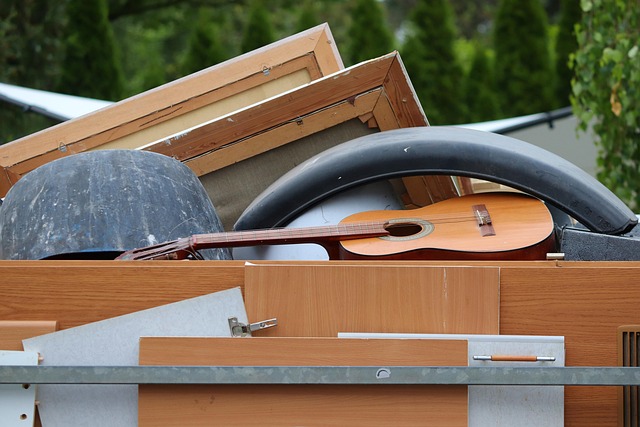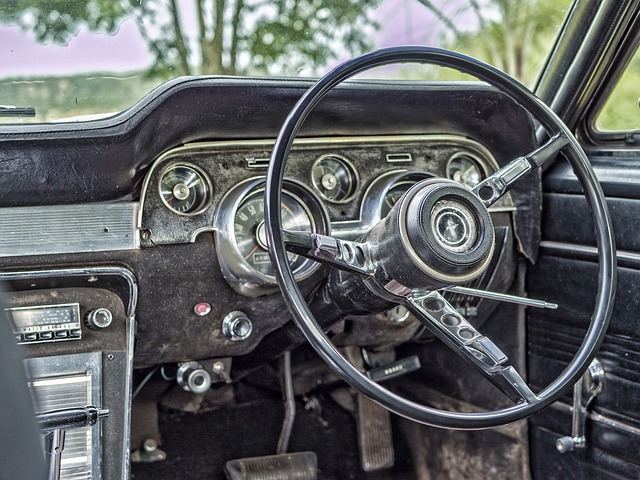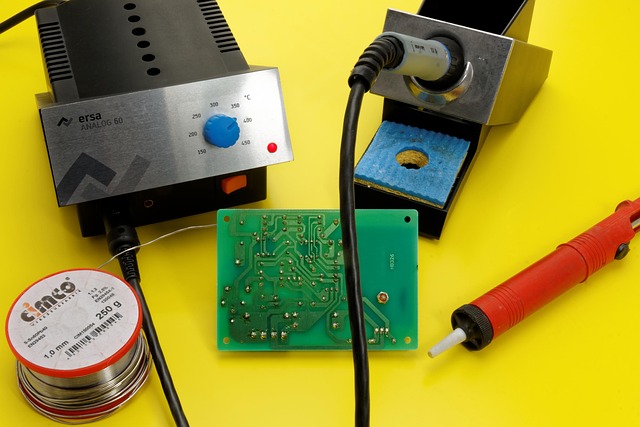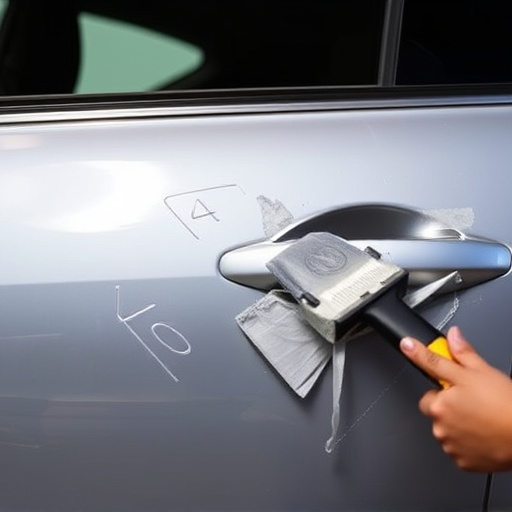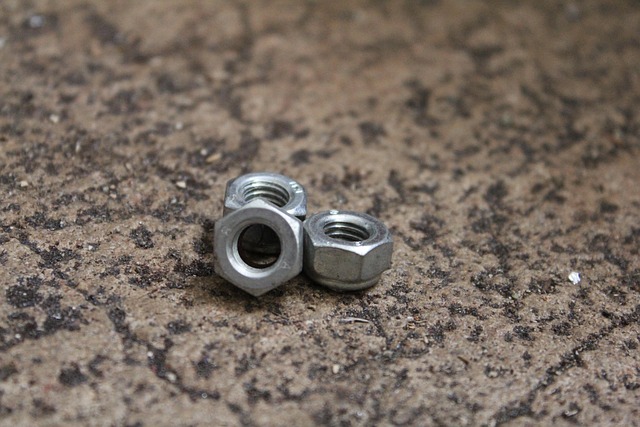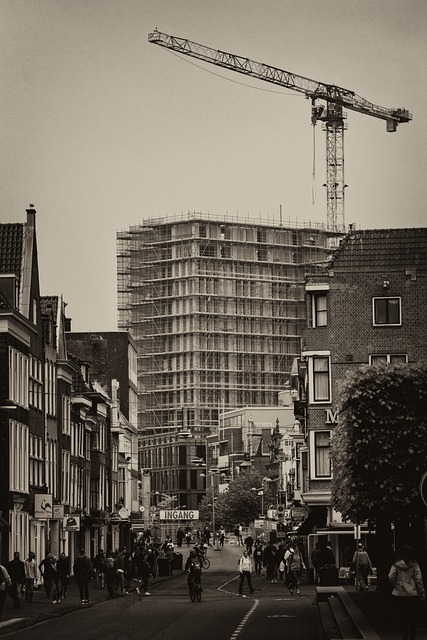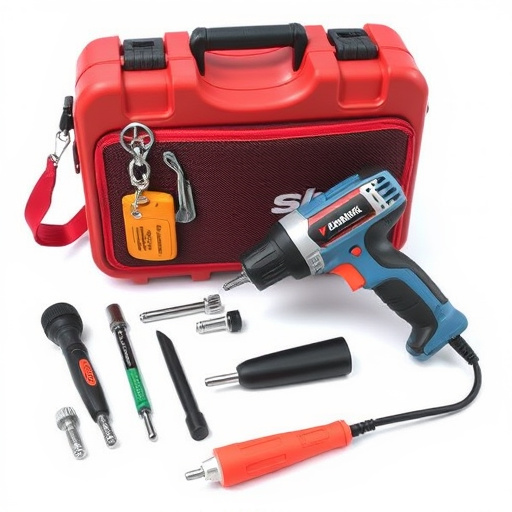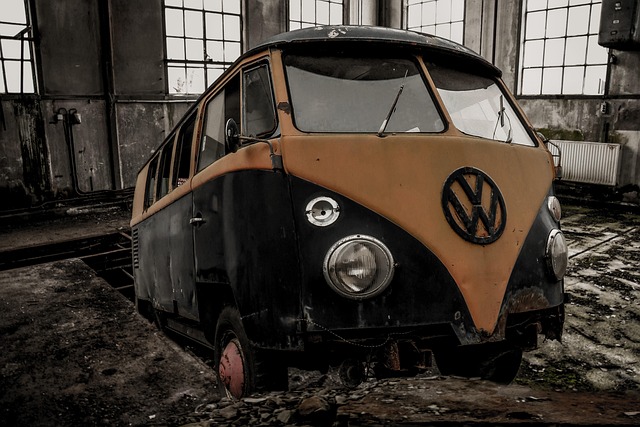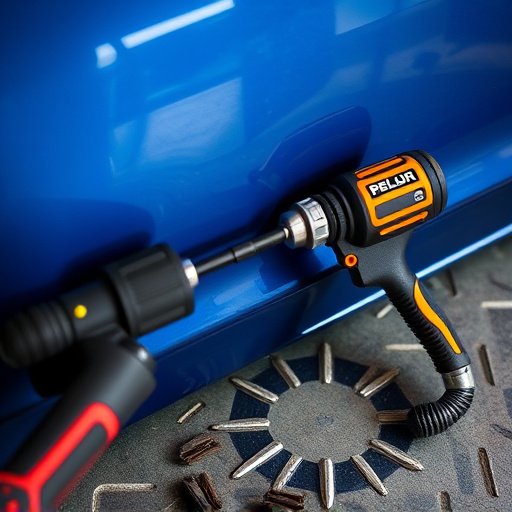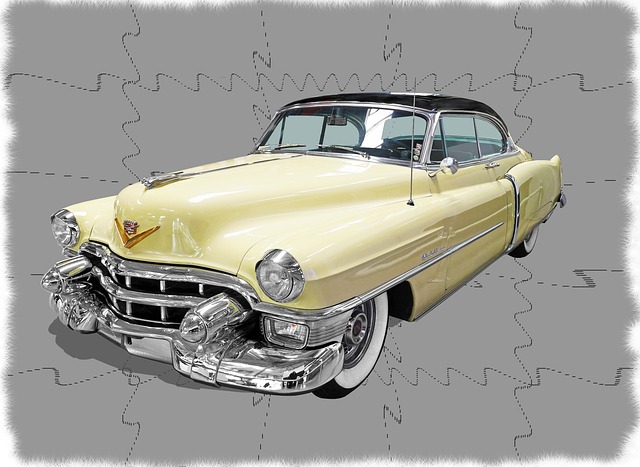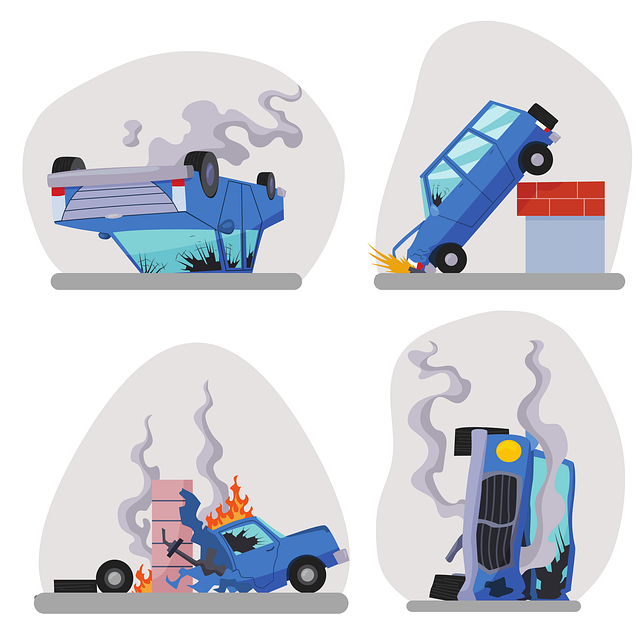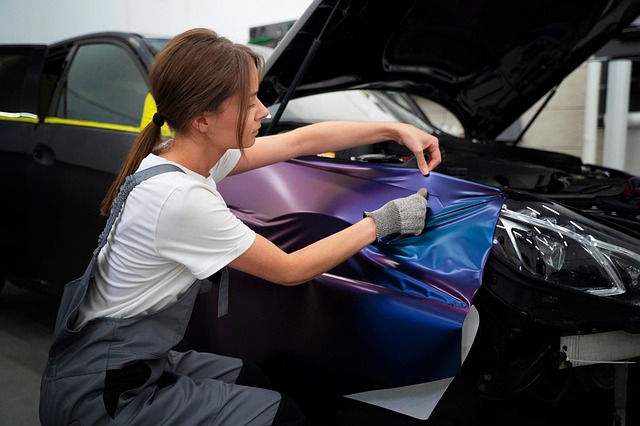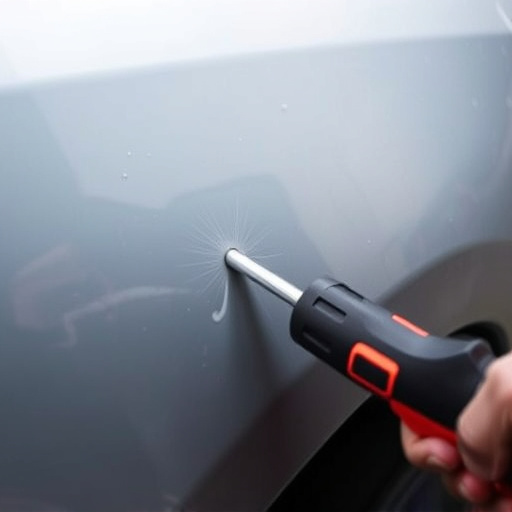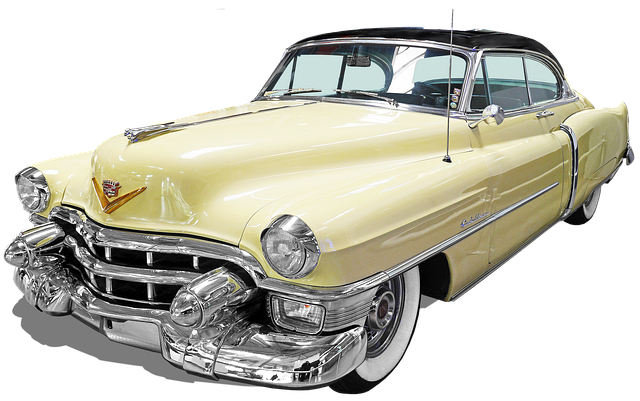Original Paint Matching in auto collision repair requires a deep understanding of color science. Technicians decipher pigment chemical compositions and mix colors accurately, replicating texture and finish seamlessly with the vehicle's surface. This art involves knowing pigments (determining color) and binders (influencing texture and durability), crucial for luxury vehicle restorations like Mercedes-Benz models. Color theory, including the RGB model and color wheel relationships, aids in precise pigment mixing to maintain aesthetic brilliance.
Uncover the secrets professionals use to achieve flawless original paint matching with every brushstroke. From understanding the science behind color—where pigments and binders meet color theory—to utilizing advanced tools like spectrophotometers, this article demystifies the process. Learn expert tips for surface preparation, overcoming challenges, and achieving consistent results. Discover how to match any paint color accurately, ensuring your projects look as good as new.
- Understanding the Science Behind Color: The Foundation of Original Paint Matching
- – The role of pigments and binders in paint
- – How color theory applies to achieving accurate matches
Understanding the Science Behind Color: The Foundation of Original Paint Matching

Color is more than meets the eye; it’s a complex science that professionals in auto collision repair and car body shops understand intimately. Understanding the subtle nuances of hue, shade, and value—the three components of color—is the foundation for achieving precise original paint matching. This scientific knowledge allows them to decipher the unique chemical makeup of every pigment, enabling them to mix and blend colors with unparalleled accuracy. By grasping the interactions between light and matter, they can replicate not just the visual appearance but also the exact texture and finish of original car paint, ensuring a flawless repair that blends seamlessly into the existing surface, be it a classic restoration or modern car paint services.
– The role of pigments and binders in paint

The art of original paint matching is a meticulous process that involves understanding the fundamental components of paint: pigments and binders. Pigments are responsible for the color, providing the visual aspect that makes each vehicle unique. They can be mineral or synthetic, each offering distinct properties in terms of opacity, lightfastness, and color intensity. Binders, on the other hand, serve as the glue that binds these pigments together, determining the paint’s texture, flow, and adhesion to the vehicle’s bodywork.
In the realm of vehicle paint repair, especially for iconic models like Mercedes-Benz, achieving perfect original paint matching is paramount. Skilled technicians carefully select pigments tailored to the specific vehicle’s color code, ensuring a precise replication of the original finish. The binder selection further refines the match, as different binders can alter the final sheen and durability of the paint, making it resemble the factory-applied finish on a perfectly maintained vehicle bodywork.
– How color theory applies to achieving accurate matches
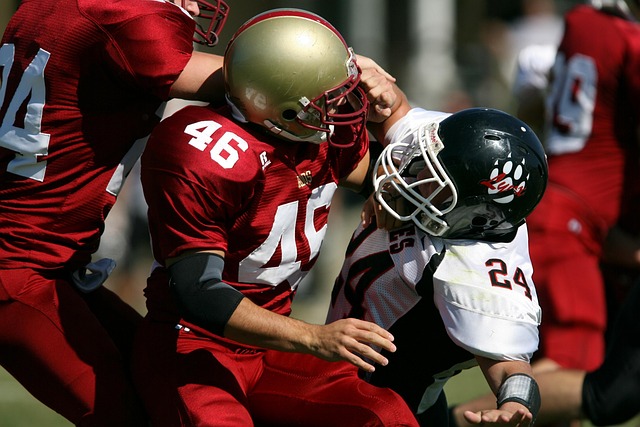
Color theory forms the backbone of achieving precise original paint matching, a skill honed by professionals in car body shops and vehicle restoration services. Understanding the interaction between colors—how they complement, contrast, or harmonize—is key to selecting the right hues for a perfect match. The RGB (Red, Green, Blue) color model, for instance, helps break down colors into their components, enabling precise mixing of pigments. This scientific approach ensures that every shade, tint, and tone can be replicated accurately.
Professionals also leverage the concept of color wheel relationships to predict how colors interact. Analogous colors, situated next to each other on the wheel, create harmonious blends, while complementary colors—opposites on the wheel—generate vibrant contrasts. This knowledge allows experts in car repair services and vehicle restoration to blend and match paints with unparalleled accuracy, ensuring that every vehicle returns to its original aesthetic brilliance.
By unlocking the secrets of color science and understanding the professional’s approach to original paint matching, you’re now equipped with valuable knowledge. Mastering pigment and binder interactions, along with applying sound color theory, is key to achieving precise, lasting results. Whether restoring an antique or repainting a cherished piece, these seven insights will empower you to create beautiful, authentic recreations that honor the original.
